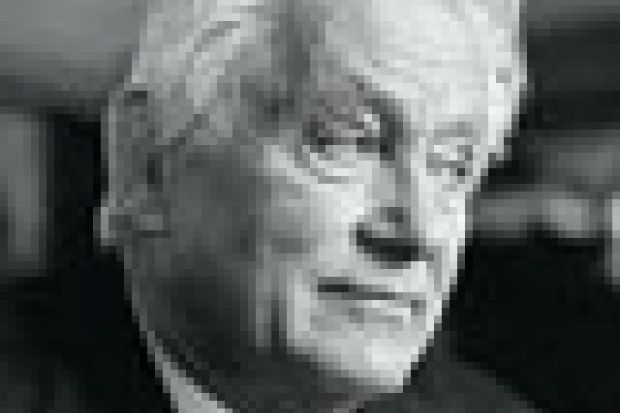A Nobel prizewinning physicist who greatly enhanced our ability to derive useful information from atom-smashing experiments has died.
According to a speech he gave last year, Georges Charpak was born in the Polish village of Dabrovica, now in the Ukraine, on 8 March 1924 (although the date had hitherto been recorded as 1 August).
He moved to Paris with his family in 1932. They were caught up in the persecution of Jews after the German occupation of 1940, but refused to wear the yellow star and lived under false names. When the adolescent Dr Charpak joined the resistance, it led to his imprisonment within France and then in the concentration camp at Dachau.
It was not until after the war, therefore, that he was able to obtain French citizenship and study for a first degree in mining engineering from the Ecole des Mines (1948), followed by a PhD in physics from the College de France (1954). He was already employed by the Centre National de la Recherche Scientifique but in 1959 moved to Cern, where he was to remain until retirement in 1991.
During his early years at Cern, Dr Charpak was part of the team that measured the magnetic momentum of a particle called the muon and proved it was just a heavy electron.
Although he was proudest of this achievement, it was the invention of the proportional multiwire chamber in 1968 that had far more influence - and won him a solo Nobel prize.
In his acceptance speech, Dr Charpak claimed that his "very modest contribution" derived from "the art of weaving in space thin wires detecting the whisper of nearby flying charged particles produced in high-energy nuclear collisions. It is easy for computers to transform these whispers into a symphony."
Calling for governments to "invest without hesitation in future high-energy accelerators", he stressed the medical benefits: "You will have as a reward the best solution for the radiography of such fragile objects as women's breasts."
Yet he also made clear that his techniques would illuminate "the Higgs field, the hidden matter of the Universe and marvellous new particles that are haunting the dreams of physicists". It was this that made him one of the pioneering figures responsible for the development of today's Large Hadron Collider.
Dr Charpak was a keen advocate for science and co-authored a 2003 book with Henri Broch that was published in English as Debunked!: ESP, Telekinesis and Other Pseudoscience (2004).
He died on 29 September.
